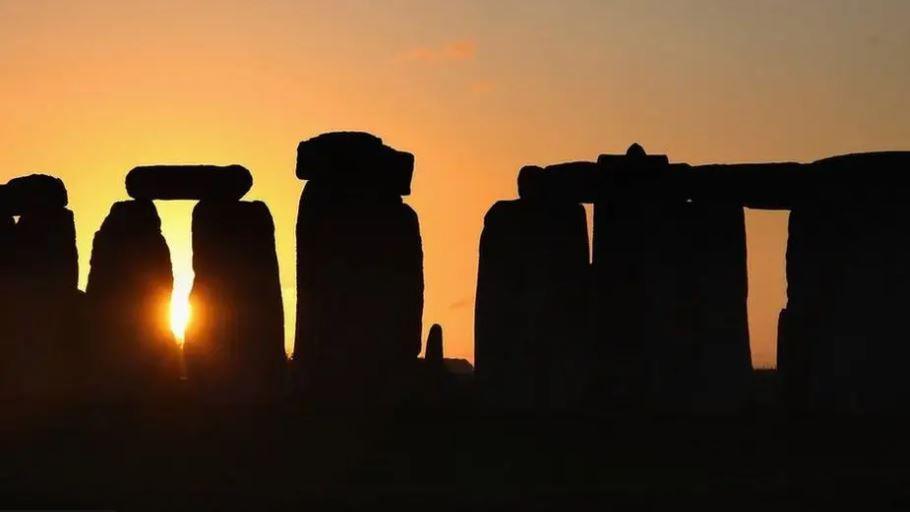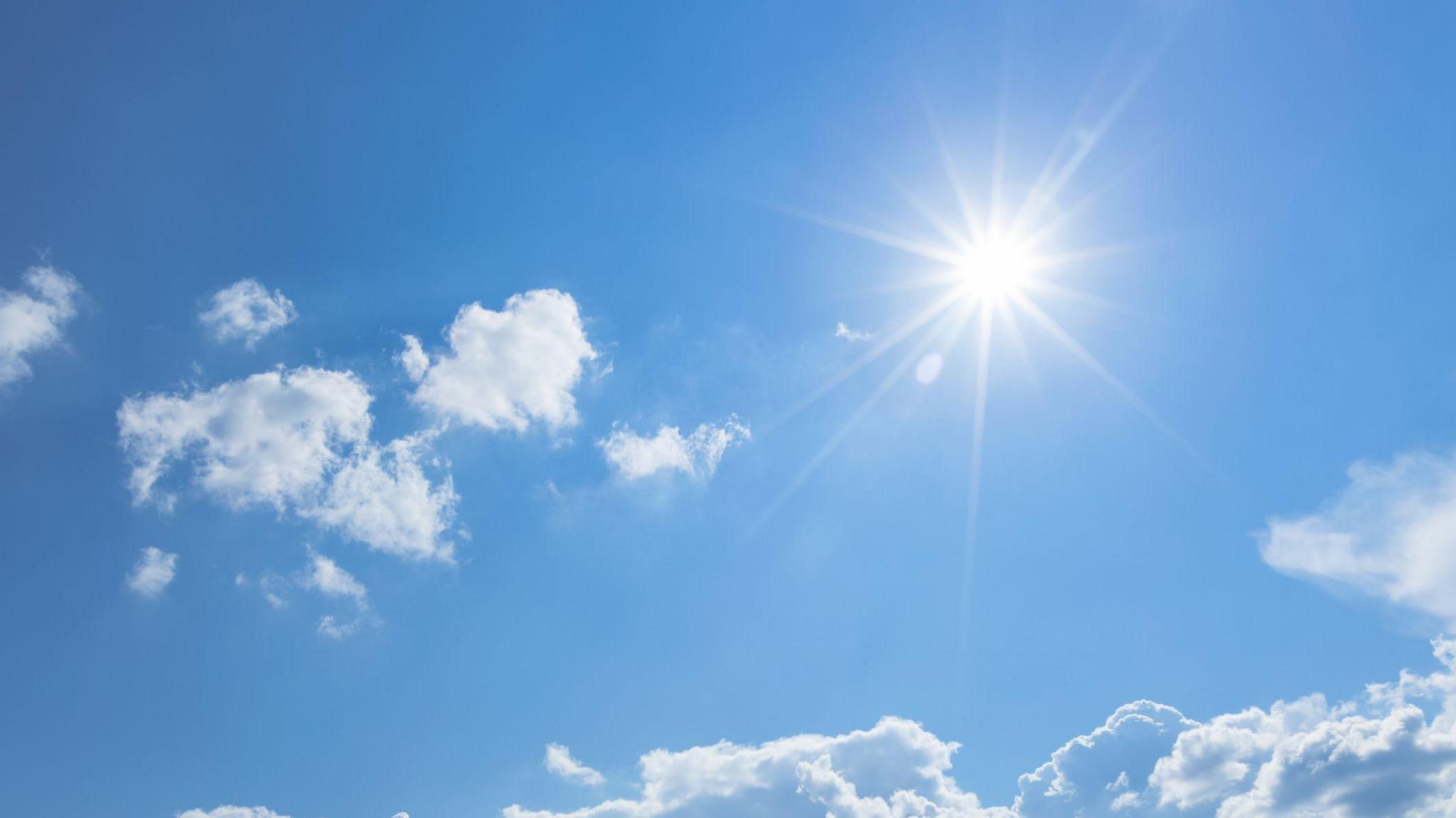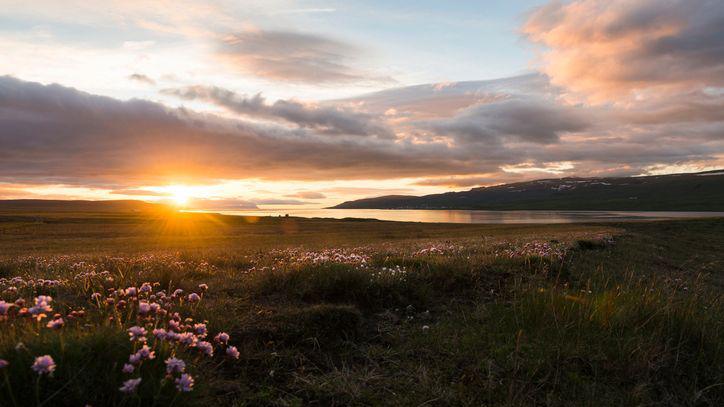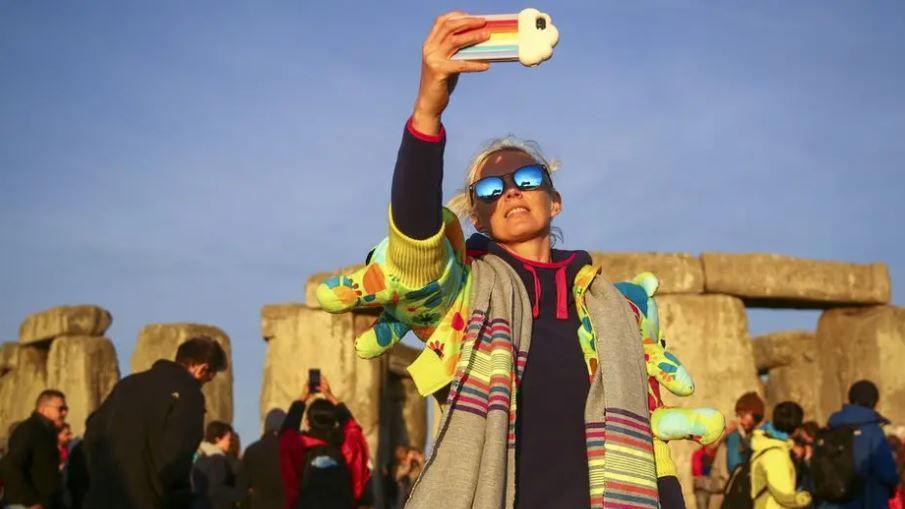What is the Summer Solstice and how is it celebrated?

Thousands of people gather each year at Stonehenge in Wiltshire to watch the sun rise on the longest day of the year
- Published
The summer solstice is the longest day of the year, meaning it's the day that we get the most amount of daylight.
In the northern hemisphere - where the UK is located - it will occur on Saturday 21 June 2025.
The summer solstice also marks the end of spring and the official start of summer.
It is the opposite of the winter solstice, which is the shortest day of the year and has the fewest hours of daylight.
The summer solstice is celebrated at ancient sites like Stonehenge
More like this
The Big Question: Why do seasons change the weather? Video, 00:00:57
- Published8 September 2022
Guide: What is an equinox, solstice and equilux?
- Published22 September 2017
What is the Winter solstice?
- Published11 December 2023
Why is the Summer Solstice the longest day of the year?

We get the most hours of daylight on this day because of the position of the Earth in relation to the Sun.
It happens when the Earth's geographical pole - on either the northern or southern hemisphere - becomes most inclined towards the Sun.
When the summer solstice takes place in the northern hemisphere, the Sun will reach its highest possible point. For the UK, this will happen at 3.42am.
Because of this, the day ends up being the sunniest day of the year. Even if it's wet or cloudy that day, we will technically get the most amount of sunshine.
Because the Earth turns on a slight tilt, the amount of sunlight that reaches different areas of Earth changes throughout the year, as we orbit the Sun.
The axis is the point at which the Earth turns - ours isn't perfectly straight up, so the Earth rotates at a tilt.
Why doesn't the Sun set in some parts of the world?

The midnight sun can be seen around the summer solstice in some parts of the world, like here in Iceland, as the Sun does not set below the horizon.
Around the time of the summer solstice, areas of Norway, Finland, Iceland, Greenland, Alaska and other polar regions experience midnight sun - or 24 hours of sunlight.
This is because the Sun does not set below the horizon.
In the Arctic Circle, the Sun does not set at all.
The world 'solstice' comes from the Latin solstitium meaning 'Sun stands still',
What does Stonehenge have to do with the Summer Solstice?

Summer solstice is celebrated by people across the world.
In the UK, many gather at Stonehenge, which is believed to have been used as an important religious site by early Britons some 4,000 years ago.
On the summer solstice, the central Altar stone at Stonehenge aligns with the Heel stone, the Slaughter stone and the rising Sun to the north east.
Every year, lots of people gather to celebrate the solstice, with pagan songs and dancing.
